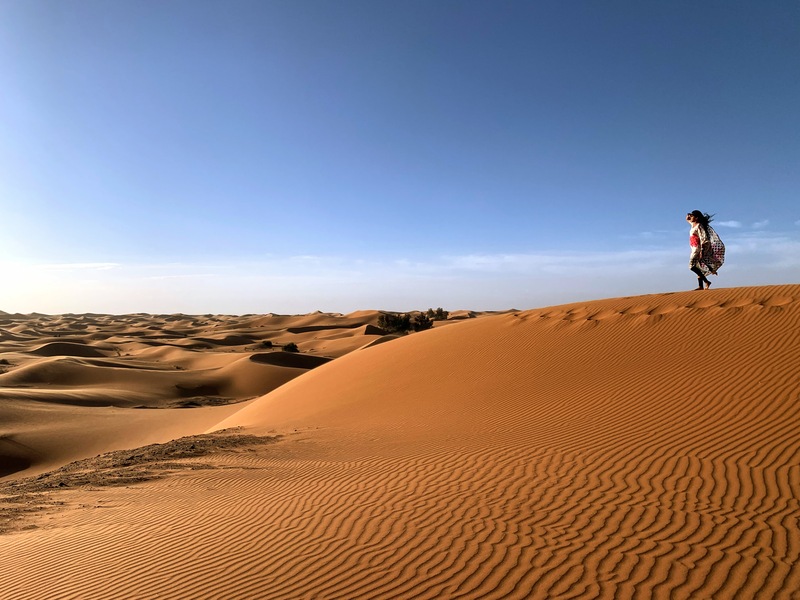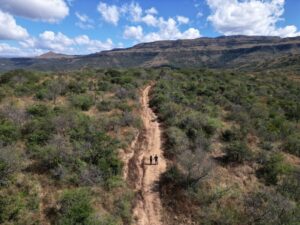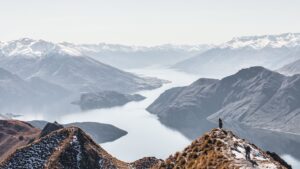Morocco is a gorgeous country that will overwhelm your senses. Home to vast deserts, massive marketplaces, and rich, diverse culture. If the epic landscapes don’t steal your heart, the generous hospitality of its warm people will. Come to explore the medinas, ride camels across the deserts, eat fresh dates off of palms, and to be absolutely transported to a different world.
General tips
When/where to go
Best time to visit: March-May and September-October are the more popular times to visit given the more pleasant temperatures. The winter months can be a nice time to visit the Sahara, but the North can get quite chilly and wet. Here is a great guide by Lonely Planet to help you plan when to go based on your desired activities.
Where to go:
- Marrakesh: Medinas, restaurants, busy, good jump off for Sahara glamping
- Fez: Feels like Aladdin, smaller but feels more authentic than busy Marrakesh, close to Chefcaquen the blue city, good jump off for Sahara glamping
- Casablanca: Modern, mosque on the water, urban, coastal
Getting Around
The medinas and old cities are very walkable. However, you must be extremely careful in Marrakesh because, unlike Fez, motorcycles are not banned from the medina which means they are flying through narrow alleyways and around blind corners. Always look both ways before crossing any street or alleyway.
Transportation: Unfortunately, there has been no Uber in Morocco since 2018. We were hailing down red taxis in Casablanca/Marrakesh and had mixed experiences with drivers. It is best to negotiate a price beforehand as we found many did not use their meters and instead inflated their prices quite ridiculously. Many will only allow 3 or fewer customers per sedan. Find a van or truck if you have a larger group or hire a private driver.
- We learned later that there are some Uber alternatives in the major cities, such as the apps Careem, Heetch, and Roby. Here is a nice guide on getting around by the blog Women Best Travel.
- It is easy to get between major cities such as Marrakesh, Casablanca, and Fez via train. We were able to book tickets in advance using RailNinja.com.
- There are international airports in both Marrakesh and Casablanca. You can book cheap domestic flights between major cities as well.
- For more information on getting around Morocco, check out this detailed post by Lonely Planet.
Wi-Fi: Our Wi-Fi in most places around Morocco was decent but not the best. It was available in most hotels, riads and even at our desert glamping site (just not very fast).
Language
The two official languages of Morocco are Standard Arabic and Standard Moroccan Berber. The Moroccan dialect of Arabic is called Darija is similar to dialects spoken in Algeria, Mauritani,a and Tunisia, but can be quite different from Eastern Arabic dialects. Many Moroccans speak French as a second or third language. Knowing even a little bit of French can go a long way in Morocco.
English was easier to come by in touristy parts, such as in the medinas of Fez and Marrakesh, but was hard to find in Casablanca. Google translate came to our rescue many times while in Morocco.
Greetings: Most Moroccans will greet you with the Islamic “Salaam Alaikum” (peace be upon you) to which you can reply “Wa-Alaikum Salam” (peace be upon you too). These can also be shortened to the less formal “salaam”. The French “bonjour” was also a quite common greeting we encountered.
Here are some other basic Moroccan phrases that you can use on your travels:
- Aafek: Please
- Shukran: Thank you
- Shukran Bezzaf: Thank you very much
- La Shukran: No thank you
- Wakha: Okay or all good
- Bshal?: How much?
- Bezzaff: Too much (as in too pricey)
- Yallah: Let’s go
For more Moroccan travel phrases, check out this blog post by Journey Beyond Travel.
Food/Money
Money: The currency in Morocco is the Moroccan Dirham. At the time of our visit (Sept 2022) 1$ = approximately 10 MAD. Yay geographic arbitrage!
ATM: Like most places in the world you can usually get the best conversion rates by pulling money from an ATM rather than going to a currency exchange.
Tipping: Rounding up your bill or leaving 5-10% tip is customary at nicer restaurants. You can round up when tipping cab drivers. If you do a longer tour or have a private guide, 10-20% is nice for good service.
Haggling: Haggling is commonplace in Moroccan markets. You will often find you can sometimes bring down the price by 50% or more. Do not be shy, bargaining is culturally normal here.
FOODS TO TRY:
- Mint tea: Famous in Morocco, can be a little bitter without sugar.
- Brochettes or Kefta: Kebabs
- Tajines: Slow-cooked meats prepared in a clay pot called a tagine.
- Couscous: A fine wheat pasta often served with meats or vegetables. The national dish of Morocco.
- Harira: A stew made of tomatoes, onions, saffron, and coriander with lentils and chickpeas
- Houdenjal: Ginger tea with cinnamon, mace, and cardamom, served with a ginger and spice cake.
- Mechoui: Slow-roasted lamb
- Pastilla: Filo pastry stuffed with chicken or pigeon with sugar/cinnamon on top. Never thought we would enjoy sweet chicken pie, but it was pretty good!
- Tanjia: A Marrakshi specialty stew prepared with cuts of lamb or beef and a blend of spices.
- Harissa: A paste made from hot chili peppers.
For more foods to try in Morocco, check out this blog post by Local Adventurer.
Health/Safety
Water: Same deal as most other developing nations, tap water is NOT drinkable. Use a filter or buy bottled water. We travel with our Katadyn BeFree water bottle everywhere we go, which allows us to reduce our plastic waste. We refill our reusable water bottles with tap or sink water through the filter.
Street food: We love to eat street food! But you should always take caution to prevent catching a GI bug. Avoid anything that may have been washed in unfiltered water, such as salads or ceviche. Consuming undercooked meats, dairy, or mayo products that look like they’ve been sitting out or old refried rice products can also lead to GI illness. Exercise caution and choose a place that appears to be using good hygiene and prepares your food in front of you (rather than prepared beforehand).
Safety: Morocco felt very safe overall as the country seems to appreciate their tourists. It can get very crowded in the medinas so keep an eye on your belongings as petty theft can always be an issue. We came across many scams in Morocco, for example, “helpful” boys will come out of nowhere to navigate you through confusing alleyways, for a price. Snake charmers will adorn you with their creepy pets without even asking, and then ask for a tip. Everyone seems to want a cut in Morocco, so be aware at all times that as a tourist you might as well have “$” stamped on your forehead. It can all become a little harassing at times.
Check out this post for more information on how to stay safe while navigating the medinas, or old towns, of Morocco.
COVID-19
As of Summer 2022, there were NO requirements for test results or COVID vaccination to enter Morocco.
We did not need to show proof of vaccination to hotels or restaurants.
As of June 2022, COVID-19 testing is no longer required for US reentry. Always check your local government website however, as these requirements change frequently.
